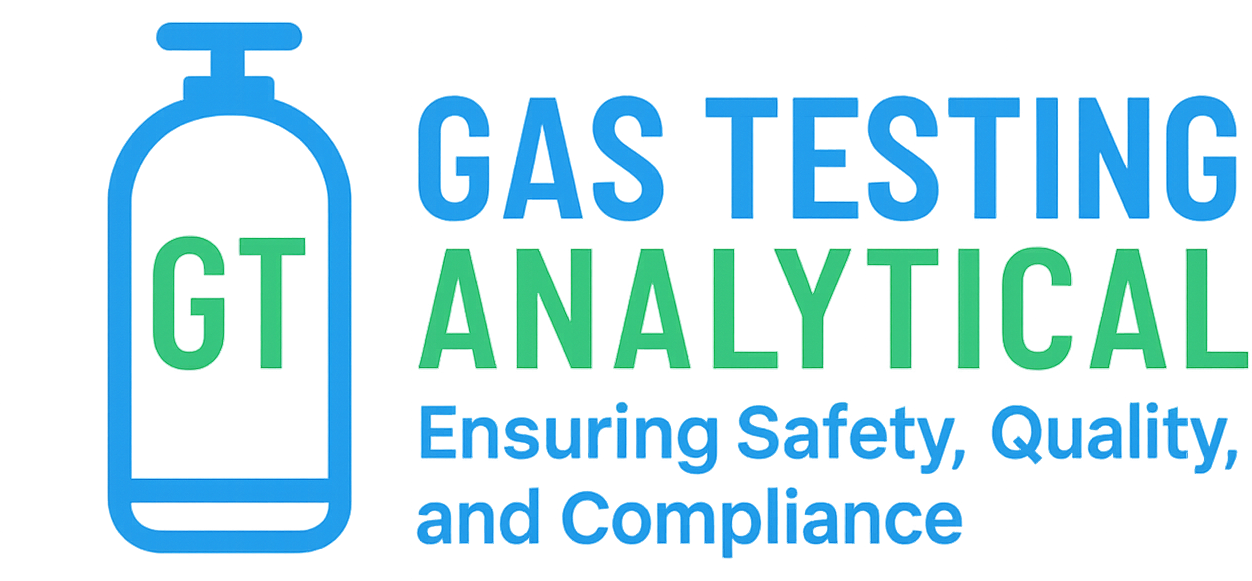United States Pharmacopeia (USP) Medical Gas Monographs
The United States Pharmacopeia (USP) sets official standards for the quality, purity, identity, and strength of medicinal gases used in pharmaceutical, biotechnology, and medical device industries. USP monographs define specific testing methods, allowable impurity levels, and storage/handling requirements for gases administered to patients or used in cGMP manufacturing.
Common USP medical gas monographs include:
- Oxygen (O₂): USP specifications define minimum purity requirements and acceptable levels of impurities such as carbon monoxide, moisture, and hydrocarbons. USP recognizes two grades: Oxygen and Oxygen 93%. Widely used in respiratory therapy, cell culture, and aseptic manufacturing environments.
- Carbon Dioxide (CO₂): Tested for acidity/alkalinity, moisture, carbon monoxide, nitric oxides, and hydrocarbons. CO₂ is used in pH regulation, insufflation during surgery, and packaging of sensitive pharmaceuticals.
- Nitrogen (N₂): USP defines two grades—Nitrogen (≥99%) and Nitrogen 97%—with strict limits on oxygen, moisture, and carbon monoxide. Used for inerting, cryopreservation, and transfer of APIs under an inert atmosphere.
- Nitrous Oxide (N₂O): Must comply with identity tests and impurity limits for nitric oxides, water content, and hydrocarbons. Common in anesthesia and propellant formulations.
- Helium (He): Often listed under USP for specialized respiratory mixtures and as a carrier gas for analytical equipment. Testing focuses on purity and absence of reactive gases and moisture.
- Medical Air: A blend of oxygen and nitrogen, with standards for oxygen concentration, oil vapor, moisture, carbon monoxide, and microbiological contamination.
Techniques in USP Gas Compliance
Gas chromatography, wet chemistry, detector tubes, and paramagnetic analysis serve a specific roles in maintaining compliance with United States Pharmacopeia specifications and monographs. The combination of methods allows pharmaceutical laboratories and gas manufacturers to ensure:
- Purity: Verification of compliance with USP-defined impurity thresholds
- Identity: Confirmation of gas type and concentration
- Moisture Control: Essential for gases used in sterile or moisture-sensitive environments
- Safety: Detection of toxic or flammable contaminants at trace levels
In cGMP environments, USP compliance requires robust method validation, routine calibration, quality assurance systems, and data integrity controls. Our services support all stages of gas testing, from initial specification review and method development to ongoing compliance audits and documentation for FDA inspections.
Each gas must be produced and tested according to Good Manufacturing Practice (GMP) and validated analytical procedures. Compliance with USP standards ensures that gases are safe for direct administration or use in drug production.
Our team supports full lifecycle compliance for USP monographs through method validation, on-site testing, and documentation aligned with 21 CFR Part 210/211 and USP-NF guidelines.


